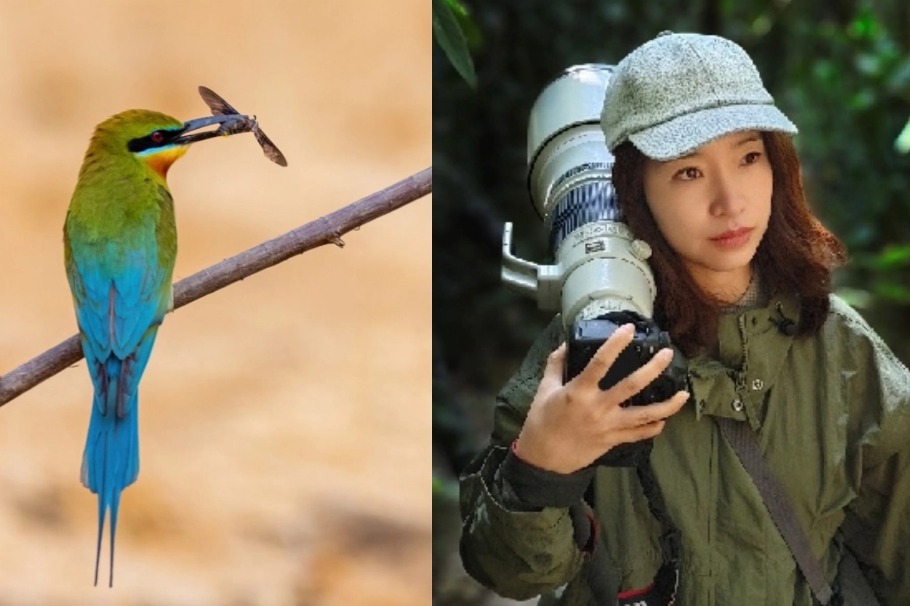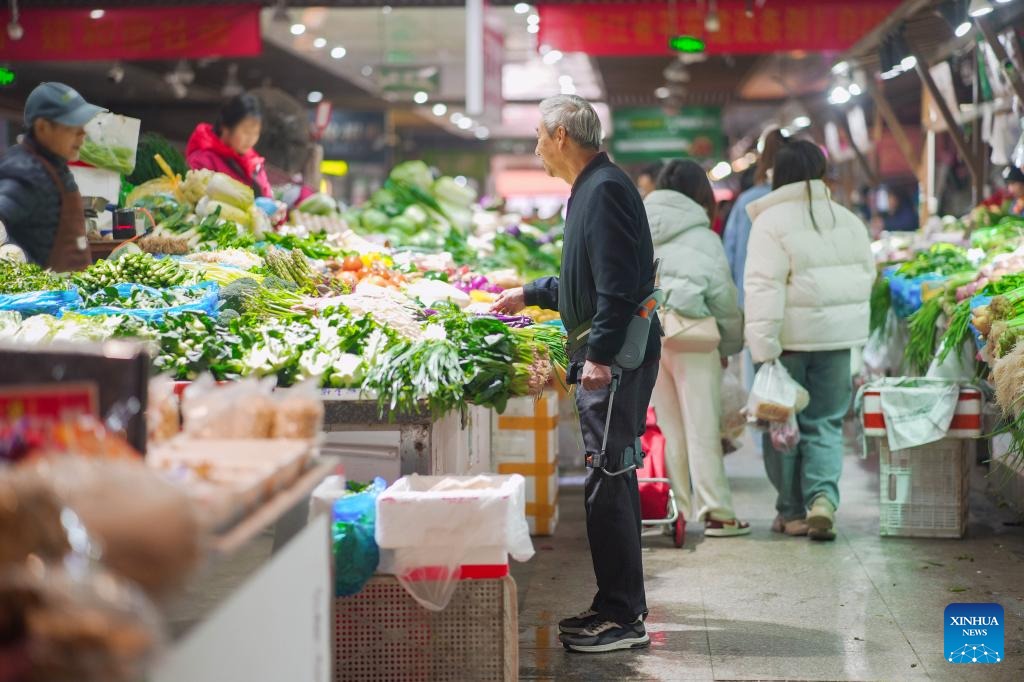Explore abundant intangible heritage in China


Who dare to doubt on China's richness in intangible heritage?
Actually, ever since I came to China, I have been surrounded by the myriads of Chinese intangible heritages, whether it be tea making or operas, traditional musical instruments or farming system, tasting local cuisines or trying Chinese traditional dress.
Chinese people often start their conversation with some stories. They normally use four Chinese character phrases known as 'chengyu' that can't exactly be translated as proverbs in English. Chengyu are the special feature of the Chinese language that articulates the enrichment of Chinese culture and wisdom. And they indeed are the evidence of prosperous Chinese intangible heritage.
Recently, I visited the UNESCO Intangible Heritage site in Chengdu in Sichuan province of Southwest China. In China, actually, we don't need to visit any museum or exhibition to taste the intangible heritages because such heritages are living in peoples' lives, in public parks, at ordinary markets, at festivals and even in people's behavior, gestures and casual talking. However, intangible heritage, being inherently intangible, runs the risk of being lost or losing its original essence irreversibly within a short period of time. Sensitive and sensible Chinese people are very cautious of such possibility. Hence, in Chengdu, a number of intangible heritages are collected and preserved in the grand sophisticated building located inside the well-planned cultural area.
Sichuan province, also known as the land of abundance, is profoundly rich in cultural heritages, both tangible and intangible. Culture flourishes with economic prosperity and political stability. The Sichuan basin has been a prosperous land for centuries with a distinct political history. It is the cradle of Ba-Shu culture. The land of abundance is rich in culture, history, geographic variations, natural diversities and many more. This abundance has enriched Sichuan in tangible and intangible heritages. Therefore, Sichuan has many things to show and many stories to tell to the world and the museum is an effective way to share such stories and glories.
Chengdu, a city renowned for its museums, boasts a diverse array of museums each specializing in unique themes. I am fond of visiting museums and usually never leave any opportunity to visit such sites. Nonetheless, I haven't visited all the museums and I even don't know how many museums are yet to visit. But among the museums I have visited to date in Chengdu, I found the Intangible Heritage Site the special one because it has collected heritages those are intangible in nature and certainly it is not an easy job.
As soon as we entered the grand exhibition hall, the first thing that attracted me was the thanka paintings. It has deep connection with the Buddhist tradition. In my country Nepal, the thanka painting came along with the influence of Xizang Buddhism. These days many Nepali artists have good expertise on thanka painting. Thanka is one of the major exports Nepal exports abroad including to China. Maybe because of this connection, I spent some more minutes staring the minute strokes of the Thanka.
During high school days, I even read printing technology was started from China. Though printing seems an ordinary and even 'outdated' technology these days, but it has long history of evolution that has accelerated the human civilization into next height. Printing letters using wooden blocks these days is more a form of art. But man learnt recording his knowledge and achievements for longer period more effectively after they learnt this technique. Serial of printing blocks collected there helps to figure out the primitive printing people used for printing their wisdom.
Last year when I visited the Mengding Mountain in Sichuan, I closely saw Chinese prosperity in tea culture. For centuries, the Chinese have cultivated and enjoyed tea, and despite the prevalence of modernity today, tea culture remains a fundamental aspect of Chinese life. Tea in China is no more merely a drink but it is an art with greater aesthetic values. I was really astonished to see hundreds of people at the People's Park and Wangjiang Park enjoying different kinds of tea with endless talk. I have good experience in pouring hot water into small but eloquent tea cups, again and again, extracting the tranquil taste from a few tea leaves. That's why I often share with my friends that if you don't enjoy drinking tea in China, then you are not enjoying China in the real sense. As a tea lover, my happiness saw no bounds when I saw four different types of tea for four different seasons- summer, autumn, winter and spring in the museum.
Another interesting intangible heritage collected is the technique of how Sichuan people drain the Minjiang River in the Dujiangyan Irrigation System to use the water for irrigation and divert the flood. World famous Dujiangyan Irrigation System was built more than two thousand years ago and it is still functioning. The technique local people used for this project is an invaluable invention then and a precious intangible heritage now. They used locally available bamboo and stones to build dams and make the optimum use of water.
Minority groups are culturally rich worldwide. Their typical ways of living and culture always own innovation and creativity with logic and science as well. Often such culture is ignored in lack of research, as simpleton practice. But in-depth research explores out manifolds of human wisdom and creativity underneath such culture and practices. Local minority group Qiang's ornament making, wood carving, earrings, musical instruments and souvenirs along with heritages of other minorities collected there are enough to figure out the cultural abundance of Sichuan.
In Nepal, I belong to one of the ethnic minorities Newar that is regarded as a culturally rich community. After I visited the Intangible Heritage Museum in Chengdu, I realized, that many such intangible heritages that my community owns can also be preserved in similar ways before they cease to exist.
Ignorance of importance, lack of research and preservation ideas and absence of experts and physical infrastructure is pushing intangible cultural heritages we have into the verge of extinction. Intangible heritages are the accumulation of long human experiences. They are the legacy of our ancestor's wisdom. The end of any intangible heritage is a huge loss not only for a certain community rather of the entire humankind. Appropriate measures must be employed to preserve such intangible entities that China is doing effectively.
Who can resist appreciating the remarkable works being accomplished by the Chinese people? It is not only crucial to admire their achievements but also imperative that we glean valuable lessons from them.
Niraj Lawoju is Nepali student studying in Sichuan University, School of International School.
The views don't necessarily reflect those of China Daily.
If you have a specific expertise, or would like to share your thought about our stories, then send us your writings at opinion@chinadaily.com.cn, and comment@chinadaily.com.cn.
































